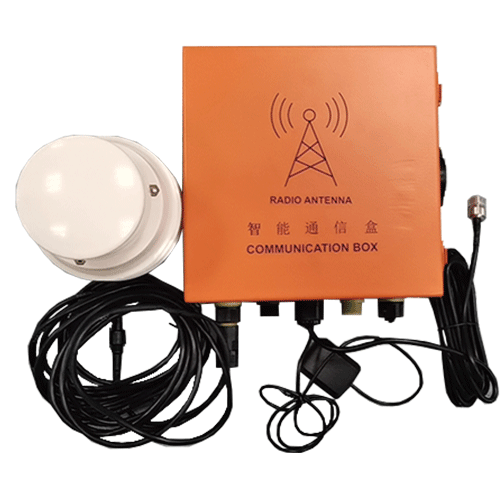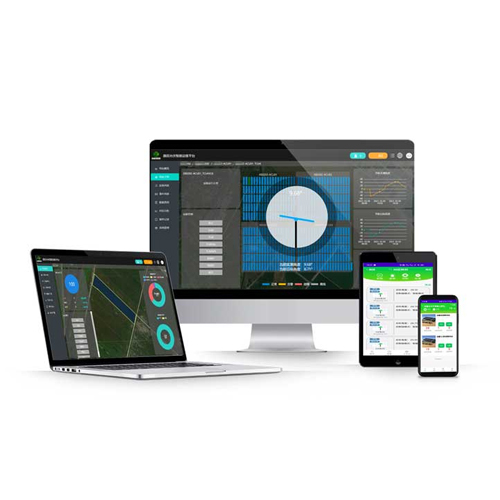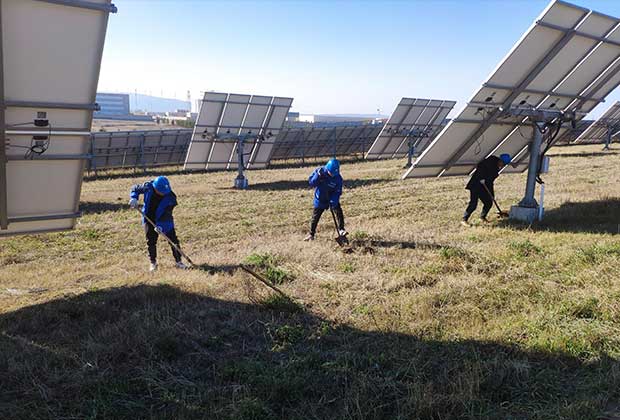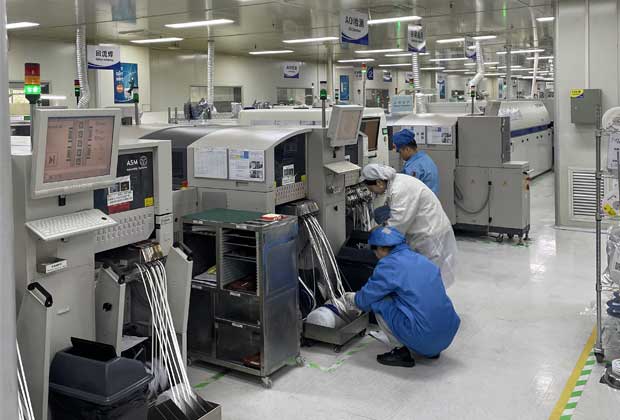Solar tracker allows your solar panels to follow the trajectory of the sun in the sky, much like sunflowers, so that they can generate more solar energy. However, the price of solar tracking systems is also high.
Is the additional cost of a solar tracker worth the extra amount of electricity generated? In most cases, it makes more sense to simply install more solar panels.
Below, we explain everything you need to know about solar trackers, from what types are available to whether they are a worthwhile investment.
What is a solar tracker?
A solar tracker is a device that follows the movement of the sun in the sky. When combined with solar panels, solar trackers allow the panels to follow the trajectory of the sun, generating more renewable energy for use.
Solar trackers are typically paired with ground-mounted solar systems, but recently, roof-mounted trackers have also appeared on the market.
Typically, solar tracking equipment will be connected to the support structure of solar panels, from which the panels will be able to move along with the sun.
Types of solar tracking systems
The movement of a solar power tracking system depends on its system type. There are three types of solar trackers:
Manual solar tracker
A manual tracker requires someone to physically adjust the panels at different times of day to follow the sun's changes. This is not always practical, as someone would need to monitor the sun constantly and change the position of the solar panel system.
Passive solar tracker
A passive tracker contains a low-boiling liquid that will evaporate when exposed to solar radiation, causing the tilting system to become unbalanced. This imbalance causes the panel to tilt in the direction of the sunlight.
Active solar tracker
An active tracker relies on a motor or hydraulic cylinder to change position. The motor will move the solar panel to face the sun. While more convenient than a manual tracker, the moving parts in the motor are prone to damage, which could result in higher maintenance costs over the system's lifetime.
From here, solar trackers can be further classified according to their direction of movement:
Single-axis solar tracker
A single-axis tracker follows the position of the sun as it moves from east to west. These are typically used in utility-scale projects, and can increase production by 25% to 35%.
Dual-axis solar tracker
This tracker not only follows the sun as it moves from east to west, but also as it moves from north to south. Dual-axis trackers are more common in residential and small commercial solar projects with limited space, as they can produce enough power to meet energy needs.
 English
English  中文
中文




